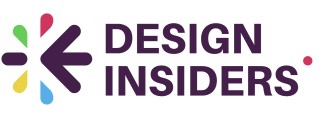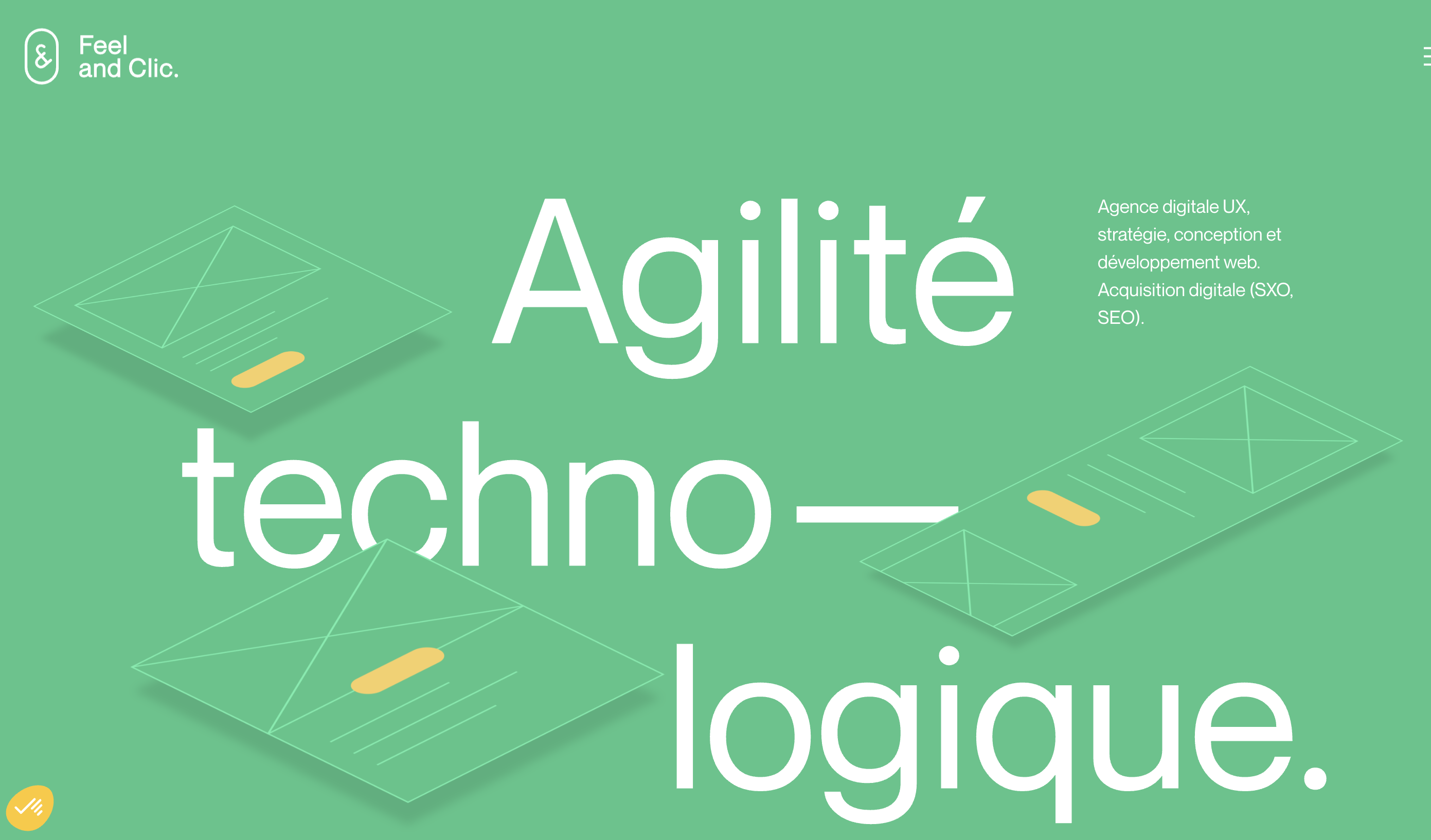The Connection Between Employee Satisfaction and Customer Experience
Understanding the Employee-Customer Connection
In today’s business landscape, the relationship between employee satisfaction and customer experience has become a focal point for many companies. This connection is not just a theoretical concept; it’s a tangible factor that can significantly impact your business outcomes. When employees are happy, they are more likely to deliver exceptional service, leading to satisfied customers who return time and again.
John DiJulius, a bestselling author and expert in customer service, emphasizes that companies need to overthrow conventional business models to create a service revolution. This involves recognizing that your employees are the backbone of your customer experience strategy. When your employees feel valued and engaged, they are more inclined to go the extra mile for your customers, creating a positive service experience that distinguishes your business from the competition.
Why Employee Satisfaction Matters
Employee satisfaction is not just about perks or paychecks; it’s about creating a work environment where people feel appreciated and empowered. This sense of empowerment translates into better service aptitude, as employees are more motivated to solve problems and provide personalized experiences for your customers. As a result, customers will notice the difference, fostering loyalty and enhancing your brand’s reputation.
Companies like Chick-fil-A have demonstrated the power of investing in employee experience to revolutionize customer service. By prioritizing the needs and feedback of their employees, they have cultivated a workforce that is committed to delivering unparalleled customer experiences. This approach not only improves employee morale but also enhances the overall customer journey.
To delve deeper into how storytelling and branding can play a role in this transformation, consider exploring the magic of storytelling in brand identity. This resource highlights how crafting a compelling narrative can align both employee and customer experiences, ultimately leading to a more cohesive and successful business strategy.
Designing a Positive Work Environment
Creating a Workplace that Inspires
Designing a positive work environment is crucial for the success of any business. A supportive and engaging atmosphere not only boosts employee satisfaction but also enhances the overall customer experience. When employees feel valued and motivated, they are more likely to provide exceptional service to your customers. This connection between happy employees and happy customers is a cornerstone of successful companies.
One of the key elements in designing such an environment is fostering open communication. Encouraging feedback from your employees can lead to innovative ideas that improve both the employee and customer experience. It is essential to create a culture where employees feel comfortable sharing their thoughts and suggestions. This openness can lead to a service revolution within your business, overthrowing conventional business models that don't prioritize employee well-being.
Another important aspect is providing the right tools and resources for employees to excel in their roles. This includes investing in training and development programs that enhance service aptitude. When employees are well-equipped and confident in their abilities, they are more likely to deliver a superior service experience to your customers.
Moreover, the physical workspace plays a significant role in shaping employee experience. A well-designed work environment can significantly impact employee morale and productivity. Companies like Chick-fil-A have recognized the importance of a positive work environment in driving customer satisfaction. By focusing on the needs and well-being of their employees, they have managed to create a loyal customer base.
In conclusion, designing a positive work environment is not just about aesthetics; it's about creating a space where employees feel valued and empowered. This, in turn, leads to a more satisfying experience for your customers. For more insights on how to weave a captivating story around your brand, check out this link.
The Role of Empathy in Design and Customer Service
Empathy: A Cornerstone of Exceptional Service
Empathy is a crucial element in the design of both employee and customer experiences. When employees feel understood and valued, they are more likely to extend the same courtesy to your customers. This connection can significantly enhance the overall service experience, creating a positive cycle that benefits both parties.
Incorporating empathy into your business strategy involves recognizing the needs and emotions of your employees. By doing so, companies can foster a work environment where employees feel motivated and empowered to deliver exceptional service. This approach not only improves employee satisfaction but also leads to a more engaged and loyal customer base.
Building Empathy into Your Business Model
To truly integrate empathy into your business, it's essential to train your employees to understand and respond to customer needs effectively. This training should be a part of a broader strategy that includes ongoing development and feedback mechanisms, as discussed in other sections of this article. By prioritizing empathy, companies can overthrow conventional business models and revolutionize their service approach.
In the words of industry leaders, empathy is not just a soft skill but a powerful tool that can transform the way companies interact with their customers. By fostering an empathetic culture, businesses can create a service revolution that resonates with both employees and customers alike.
For more insights on optimizing your design strategies, explore our essential strategies in infographic design.
Training and Development: Investing in Your Team
Continuous Learning and Team Empowerment
Investing in your team can revolutionize the way your employees perceive their roles and responsibilities. Regular training programs are key elements that can enhance both employee experience and customer service. By empowering your staff with knowledge, tools, and confidence, you cultivate an environment where exceptional customer experiences flourish. Consider the role of customer feedback in shaping these training sessions. Regular feedback loops from your customers can help identify specific areas for improvement and tailor training sessions to address these needs effectively. This creates an employee experience that not only aligns with your business goals but also resonates strongly with customer expectations. Engaging employees in experiential learning ensures they are well-equipped to handle the diverse needs of customers. Training that incorporates real-life scenarios allows your team to develop a deeper understanding of customer interactions, enhancing their service aptitude significantly. This experiential approach fosters empathy—a crucial aspect of delivering exceptional customer service—and positions your business to overthrow conventional norms. Furthermore, providing opportunities for personal and professional growth keeps your employees motivated and committed. Companies that champion continuous learning acknowledge the value it brings not only to employee satisfaction but also to customer loyalty. When employees feel valued and see a clear path for advancement, they are more inclined to deliver a service experience that delights your customers. The insights of industry leaders, such as DiJulius, underscore the importance of viewing training as a long-term investment rather than a quick fix. His observations mirror the ethos of successful businesses like Chick-fil-A, which consistently prioritize both employee and customer satisfaction. These businesses understand that satisfied employees are often your biggest allies in creating an unparalleled service experience, embodying the principles of the service revolution and setting new standards in the industry.Feedback Loops: Listening to Employees and Customers
Implementing a Cycle of Listening
Feedback loops are a pivotal tool in any company willing to overthrow conventional business models and elevate their approach to customer and employee satisfaction. The concept is simple yet transformative; it involves actively listening, understanding, and reacting to the needs and suggestions of both your employees and your customers. This practice is at the heart of the experience revolution advocated by thought leaders in the field.
John DiJulius, a renowned expert on customer service, frequently highlights the profound impact that feedback can have on the overall service experience. He emphasizes that feedback should be seen as a gift—a chance to refine both employee experience and customer engagement strategies.
- Empowering Your Team: When your employees feel heard, they are more motivated and invested in providing excellent service to your customers. Companies need to institutionalize regular feedback sessions that encourage open communication.
- Evaluating Customer Interactions: Gathering insights from customer feedback allows businesses to gain a clear view of what works and what doesn’t in their customer service or product offerings. This helps in designing a more customer-centric approach.
- Actionable Insights: Collecting feedback is only step one. The real revolution occurs when companies act on this data to make tangible improvements in their processes, services, and overall culture, creating a more positive work environment.
Feedback loops are not just about receiving opinions but are also about creating an open forum where both your employees and customers know that their voices will be heard, leading to significant and positive changes. By continuously integrating this practice, businesses can establish an effective service aptitude that fosters thriving relationships between employees, customers, and the company itself.









